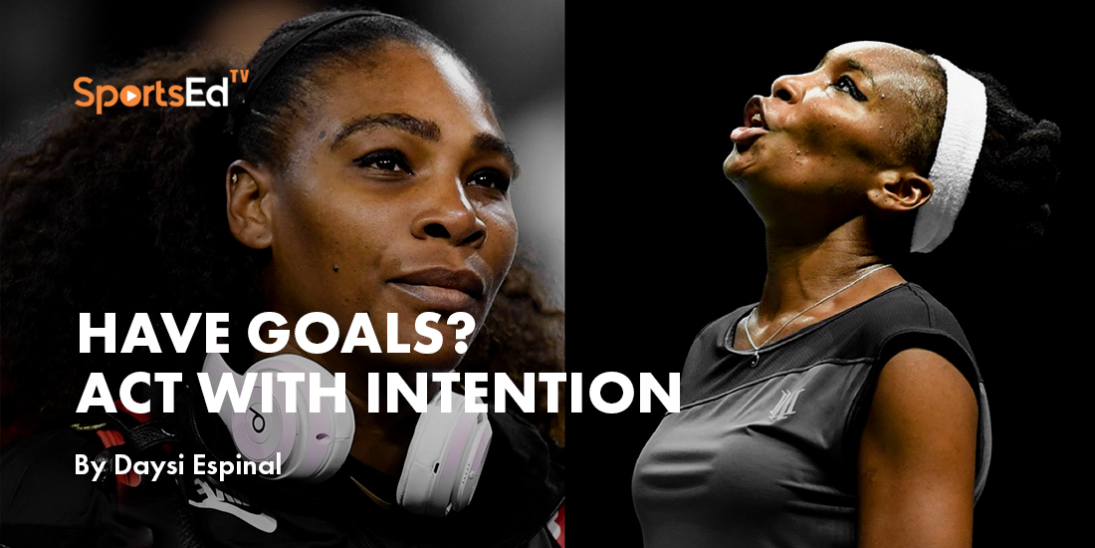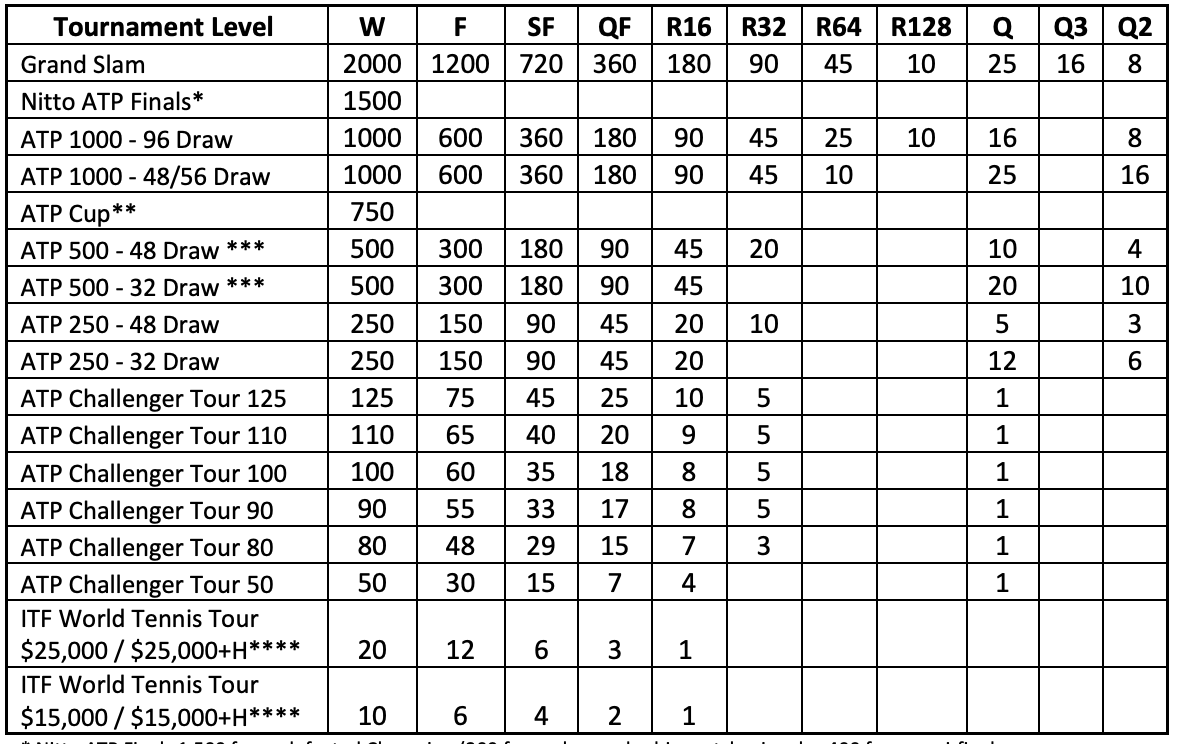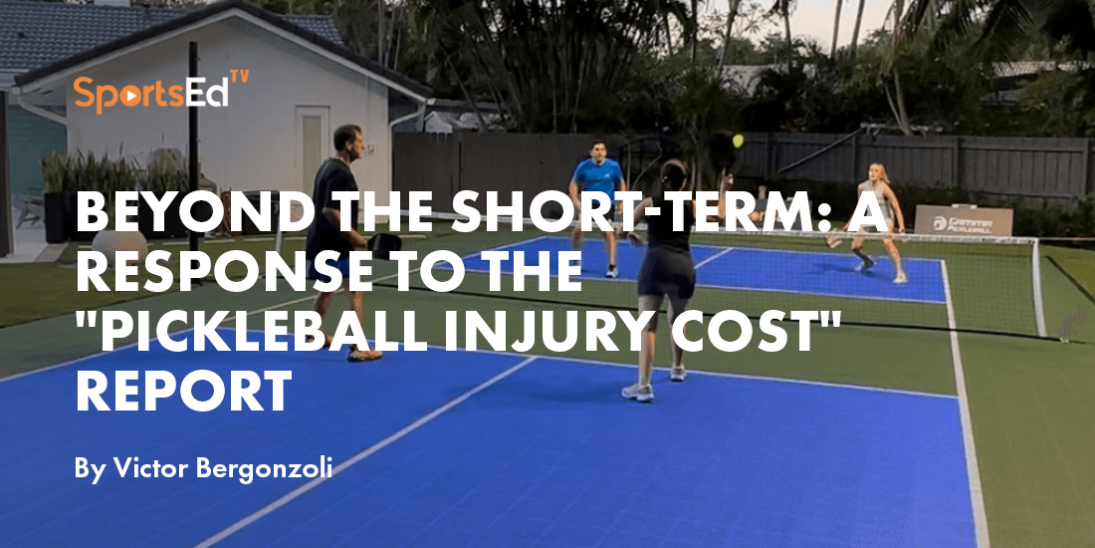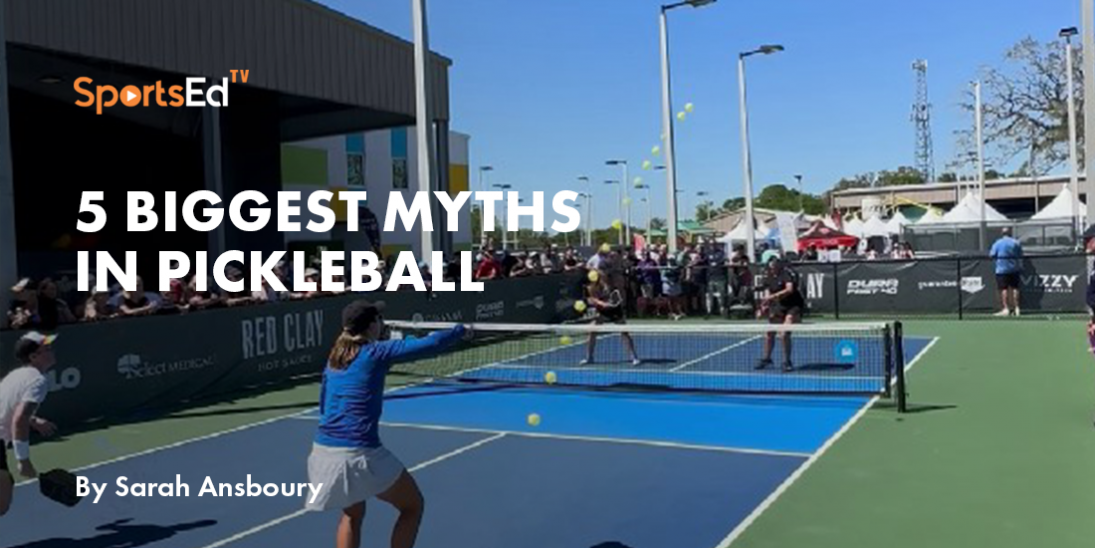Tennis, Pickleball
Welcome and thanks for visiting...

SMART Goals In Athletics? The Importance of Acting Intentionally

Smart goals Setting Is the Path to Achieving Your Dreams in athletics and in life. Acting with intentions is very powerful and will increase the chance of achieving your full potential. Why? there is no waste.
Smart goal: what does it mean to act with intention
To act with intention means to do something on purpose in order to achieve smart goals, to take actions that you believe will result in a positive outcome that will get you closer to your goal. It means making the decision to be proactive to create opportunities, to open doors, and to put yourself in a good position to be ready for when opportunities present. Make things happen instead of waiting for them to happen. Always be prepared.
What to keep in mind when choosing smart goals
When choosing smart goals, it is best when we choose a goal that we feel passionate about. Be careful not to fall into trends or get caught up in what everyone else is pursuing. What makes us special is that we are unique, so your dreams and the way you pursue them shall also be individual. It is easy to get distracted by the world we live in, but always stay true to yourself.
Staying true to yourself will fill you with a feeling of happiness and satisfaction that you are working towards YOUR dream, living the life YOU want to live, and becoming the version of yourself that YOU wish to be.
How to stay motivated to achieve smart goals
Choose an activity/sport you like, not an activity that is trending necessarily. For example, if your goal is to get fit, there is no right or wrong choice of sports or discipline. The right choice is what YOU like, what YOU love. The right choice is what YOU can sustain. For some, this may be running, and for others, it may be the gym. Others love competing, so they might prefer doing sports rather than just workouts. For me, the best way to stay motivated to get fit is to do what I love: playing tennis.
How to create good habits
Acting with intention and passion is the best way to create good habits. Make intelligent and healthy decisions. Being intentional forces you to be present, and mindful, and to form habits that bring you a step closer to your smart goals.
How to create better habits through intention
Every action shall have a purpose. The brain will be trained, when thinking of doing things intentionally to achieve small goals, it will become a habit. Creating the habit to make the right choice starts with the need to feel you achieve something today, now. You will crave that feeling and look for ways to get things done. Procrastination will no longer be an option.
Smart goals actions: start the day, and think about the 3 things you need to do today. After that, everything else you accomplish that day is extra. Your focus will shift to make those 3 your priority and will make you feel; accomplished. Progress is equal to happiness.
Writing down your objectives and goals using the SMART objective framework:
It is imperative to understand the difference between short, medium, and long-term goals.
.jpg)
Most of you are familiar with SMART goals setting. The SMART acronym stands for Specific, Measurable, Achievable, Realistic, and Anchored within a Time Frame.
Start by establishing your primary goal or long-term goal. Then, break those medium-term goals down to short-term goals—Make sure you shore up any weaknesses you have in your game before starting the process. You must have daily goals coming into proactive, things that you will do today to improve, to get you a step closer.
When working on smart goals, be very, very specific with your time, schedule, to-do list, and everything. Review it at the end of the week and check what you have accomplished and what you have not. Identify the reason for not achieving the things that were not achieved and try again. Include them in your short-term goals for the next week.
BECOME YOUR OWN ARCHITECT
Treat your smart goals as a project of which you are the architect. You are in charge of the project and responsible for its success.
Start by understanding what is what you want to create, and achieve. Assign roles, much of which at first, you will be solely responsible. Delegate!! As a great architect, hire the right person to get the job done. Do anything necessary for the success of the project. Then ACT WITH INTENTION.
1. Smart Goals Design: Be specific, plan:
Map out your project. Identify what you need, when you need it, who you need to be on the team, etc.
.jpg)
If you are trying to create a habit to exercise and this is something you have never done before, start by establishing a realistic schedule. Work out 3 times a week, for 30 minutes. Be mindful of the best time to go to the gym. Pick a time that you can control and stay consistent. The morning is usually a perfect time since you can control getting up earlier and most likely will not run into distractions from your social life. Remove distractions.
2. Smart Goals Design: Must be measurable:
.jpg)
3. Smart Goals Design: Be realistic/ Achievable:
Start small and build layer by layer when setting your immediate goals. This will help you see results. When people see results, they tend to get more motivated and focus on the next task to continue getting those small victories.
4. Smart Goals Design: The execution, anchored and within a time frame:
Now that you know what you want, how you are going to go about getting it, and you have all of the pieces together, it is time to execute.
Be present and start now. You probably have heard the quote:
“A good plan, violently executed now is better than a perfect plan tomorrow.” George Patton
Nothing is perfect, so if you always wait for the ideal time, you will always be waiting. You can always go back and adjust. Remember, there is no perfect formula. There is only trying.
Go at your own pace:
It takes at least 18 days to create a habit. Be patient with yourself. Have a positive attitude and understand that good things take time. Celebrate small wins. Remember that you can always start again.
Be resilient, bounce back as soon as possible, do not get fixated on the negative, move on and try again.
It is all about repetition. Most of the things we do are repetitive. Make sure that what your routine will be can be a repeatable, realistic routine, that you can sustain for a long period.
Here is a smart goal example and what it should look like for a top junior high-performance tennis player.
Long-Term SMART Goal:
Top 200 ATP tennis ranking in 2 years.
This goal has all the elements of a Smart Goal for a long-term goal.
Specific: Top 200 ATP ranking
Measurable: Ranking is measurable
Achievable: Yes
Realistic: Yes
Anchored and within a time frame: 2 years period
The tennis player and the tennis team can start designing the rest of the plan.
Design a process to start a project to be ranked in the top ATP 200 in 2 years and start executing it.
The Medium-Term Smart Goal Example:
-
80% of the first serve in.
Technical Improvements. Improving particular strokes of the tennis game is necessary to get to the level of playing needed to be a Top 200 player.
Tracking serves is a specific goal, it is also measurable and achievable. Improving the percentage of serve is a good example of a smart GOAL that will help the player achieve the ultimate goal.
Click this link for more Serve Tips videos like the one below to help players improve their serve and achieve a higher percentage of serve:
How to hit a kick serve to improve serve percentage - Jeff Salzenstein
2. Hit a heavier and more powerful forehand.
to hit a heavier forehand a player can plan to work on learning to use more topspin or applying more rotational power to the stroke which will result in a much heavier forehand. Again, this is a specific technical part of the game that the player believes it is necessary to take his or her game to the next level.
Click this link for Forehand Tips videos like the one below to improve forehand technique:
The coil: modern forehand technique to hit a heavier forehand - John Eagleton
The more measurable your smart goals, the better. Tracking serves and developing a heavier forehand are specific technical goals. It can be measured and achieved.
You have to be as specific as needed to track progress and understand the work ahead of you. Here is a breakdown of how this tennis players' team needs to be thinking and how the progress is being tracked.
Also, a different perspective of a medium-term goal for this example is understanding the tournament's goal for ranking:
- 1st year reach top 300: 172 points minimum
- 2nd year reach top 200: 322 points minimum
First, let’s dive into tennis ranking to set smart goals. The ATP is the governing body of the men's professional tennis - the ATP Tour and the ATP Challenger Tour. The ATP determines the rules for ATP tournaments and determines the points allocation for all men's professional events, including ITF World Tennis Tour Tournaments. A player's ranking is based on their best 18 tournaments, but players should read the rules on how the rankings are calculated in the ATP Tour Rulebook. Prior.
See the table below to plan out which type of tournaments should be played in the next 2 years and the performance required to get to the Top 200 ranking.
Currently, the No.200 ATP rank player has 322 points.
Smart Goal ranking breakdown example:
1st year, reach Top 300: 171 points
1st quarter: Semi - Finals 3 ITF World Tennis Tour 15,000 (4): 12
Finals 2 ITF World Tennis Tour 15,000 (6): 12
2nd quarter: Final 3 ITF World Tennis Tour 15,000(6): 18
Win 2 ITF World Tennis Tour 15,000 (10): 20
3rd quarter: Semi-Finals 1 ITF World Tennis Tour 25,000 (6): 6
Finals 3 ITF World Tennis Tour 25,000 (12): 36
4th quarter: Win 3 ITF World Tennis Tour 25,000 (20): 60
Semi-Final 1 ITF World Tennis Tour 50,000 (15): 15
2nd year, reach Top 200:
1st quarter: Semi - Finals 5 ITF World Tennis Tour 50,000 (15): 75
2nd quarter: Final 3 ITF World Tennis Tour 50,000(30): 90
3rd quarter: Semi-Finals 2 ITF World Tennis Tour 50,000 (15): 30
Finals 2 ITF World Tennis Tour 50,000 (30): 60
4th quarter: Quarter Finals 3 ITF World Tennis Tour 100,000 (18): 54
Final 1 ITF World Tennis Tour 100,000 (35): 35






